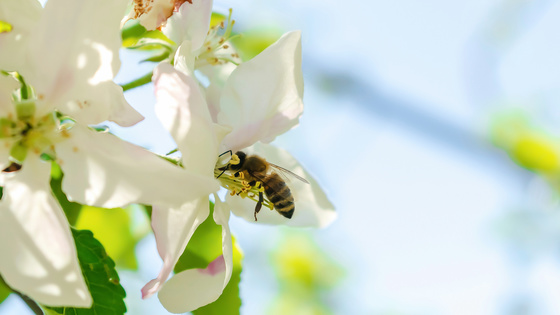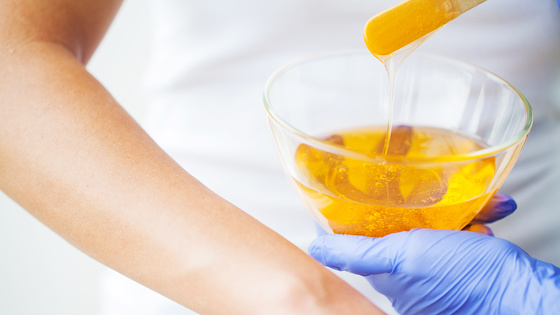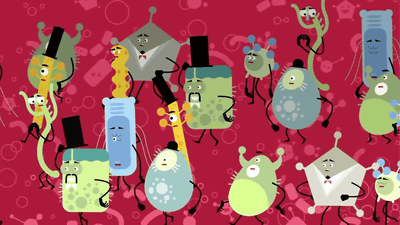What is the scientific reason why honey is a food ingredient that 'doesn't spoil'?

Although honey can harden and lose its flavor over time, it is one of the ingredients that does not generally 'spoil.' The reason honey stays fresh for such a long time without spoiling is due to the unique process that goes into making it.
The chemical secrets that help keep honey fresh for so long | Hacker News
Most foods contain small amounts of bacteria, fungi, and mold. When these microorganisms, including bacteria, fungi, and mold, grow over time, they break down the components of the food, causing it to emit an odor or change in appearance, which is when the food becomes 'rotten' or 'spoiled.'
Bacteria, fungi, and molds tend to prefer moist, warm but not too warm temperatures, a moderate pH, and enough oxygen available for their metabolism. Refrigeration, drying, salting, and heating are methods of preserving food for long periods of time by suppressing the activity of bacteria, fungi, and molds, making the food inedible.

Foods stored in sealed jars, unopened and kept at the correct temperature, can prevent the growth of bacteria, fungi, and mold. However, once the jar is opened, the contents of the jar will not last long because of exposure to air, which can cause bacteria to multiply, exposure to moisture inside the jar, and the transfer of new bacteria from the spoon used to remove the food. However, one exception to this rule is honey, which is a food that rarely spoils.
Honey is a warm, moist, sugary liquid - all the ingredients that bacteria love - but as bees transport it to the hive, they use enzymes to concentrate the nectar and remove some of the water, making the liquid more acidic, which inhibits the growth of some microorganisms.

Honey originally has a water content of about 70-80%, but when bees concentrate the honey to about 15-18%, microorganisms that seek out the abundant sugars cannot survive. In addition, the honey becomes highly acidic when it is transported from the flower to the hive, so microorganisms cannot survive. In addition, sealing the honey collected from the hive in a bottle also plays an important role in preventing the proliferation of microorganisms.
Reducing the amount of moisture in a honey bottle to suppress microbial activity is known among food scientists as 'low water activity,' and this applies to dried foods such as dried fruit and jerky, as well as to salted foods, where salt attracts water and makes it impossible for microorganisms to use it. In the case of honey, the bees naturally create a low water activity during the process of transporting nectar from flowers, making it an ingredient that hardly spoils. However, if there is enough moisture or new microorganisms increase, honey becomes more susceptible to spoilage, so opening the bottle to expose it to air or putting a spoon that has been licked into the bottle significantly increases the risk of spoilage.
Once opened, honey spoils more easily than if it was sealed, but it still has the property of being less susceptible to spoilage than other food ingredients. The possible reasons for this are its low water activity and 'lactic acid bacteria.'
Honey contains sugar, plenty of vitamins, minerals, and is also rich in physiologically active chemicals found in plants called 'phytonutrients.' Honey also has low water activity, which makes it difficult for bacteria to grow, and it has antibacterial and antimicrobial properties, so there is also ' medical honey ' that is used to treat wounds and burns.

According to UCLA Health, a public health network affiliated with the University of California, Los Angeles, applying honey to a wound can prevent bacterial growth, and the low moisture content of honey can dehydrate microorganisms in the wound and suppress their activity. In addition, it acts as a barrier to protect the wound by damaging microorganisms through complex enzyme interactions. However, medical honey is a sterile product that has been formulated and processed with safety and effectiveness in mind, and commercially available honey may contain ingredients that are not suitable for wound care or may have microorganisms growing to a certain extent, so care should be taken not to apply any honey other than that for special use to the wound.
Related Posts:







